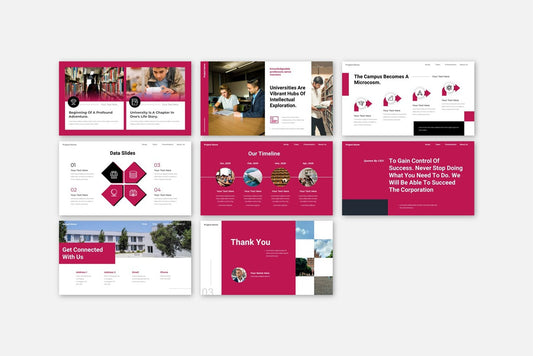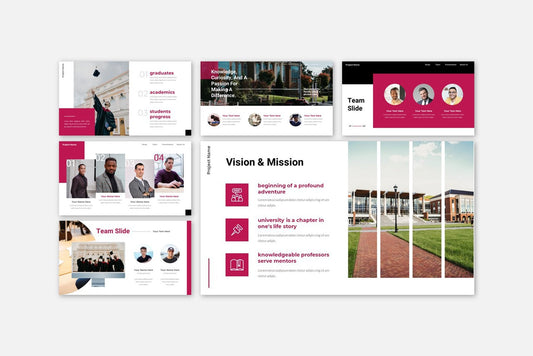Learn how to design presentations tailored to different audiences. Tips for PowerPoint, Google Slides, and Keynote to engage and communicate effectively with any group.
Blog Post (≈800 words):
A great presentation isn’t just about great slides — it’s about connecting with your audience. Different audiences have unique expectations, preferences, and levels of expertise, so designing slides with your viewers in mind is crucial for engagement and understanding.
At FastTrackTemplates.com, we design PowerPoint, Google Slides, and Keynote templates that are adaptable to a variety of audience types, making it easier to deliver compelling presentations.
Here’s how to design slides for different audience types.
1. Know Your Audience
Understanding who you’re presenting to is the first step:
-
Are they executives, clients, students, or colleagues?
-
What is their level of knowledge on the topic?
-
What outcomes or actions do you want from them?
Templates can be customized for audience type, helping you align visuals and content to viewer needs.
2. Tailor Content Complexity
Match slide content to the audience’s expertise:
-
Experts: Use technical terms, detailed charts, and data-heavy slides
-
General Audience: Simplify concepts, focus on key takeaways, and use visuals
-
Students or Training Sessions: Include step-by-step instructions and examples
FastTrackTemplates include flexible layouts that accommodate both simple and complex content.
3. Adjust Visual Style
Different audiences respond to different visual aesthetics:
-
Corporate executives: clean, minimalist, professional
-
Creative teams: bold colors, modern layouts, creative visuals
-
Educational: friendly icons, diagrams, and illustrations
Templates provide pre-designed visual themes suited for each type of audience.
4. Focus on Relevance
Audience engagement increases when content is relevant:
-
Highlight data or examples that matter to the group
-
Remove unnecessary or unrelated information
-
Use industry-specific images or case studies
FastTrackTemplates include industry-focused visuals and slides to make presentations more relatable.
5. Consider Presentation Length
Audience type influences how much content to include:
-
Executives may prefer concise, high-impact slides
-
Students or workshops may need detailed step-by-step visuals
-
General audiences benefit from moderate length with clear summaries
Templates come with ready-made slide structures to fit varying presentation durations.
6. Adapt Language and Tone
The language and tone should match your audience:
-
Formal and professional for corporate or executive audiences
-
Conversational and approachable for general or educational settings
-
Motivational or inspiring for workshops or seminars
Templates provide text placeholders and examples aligned with different tones.
7. Emphasize Data Appropriately
Different audiences interpret data differently:
-
Executives: High-level summaries, KPIs, infographics
-
Analysts or technical groups: Detailed charts, graphs, and tables
-
General audiences: Simplified visuals, key insights highlighted
FastTrackTemplates include editable data slides that can be scaled for detail or simplicity.
8. Use Storytelling Where Relevant
Storytelling engages audiences regardless of type:
-
Use real-life examples for relatable content
-
Follow problem-solution structures for clarity
-
Include visuals and minimal text to support the narrative
Templates feature story-driven layouts to guide content flow.
9. Test Slides for Comprehension
Preview slides from the audience’s perspective:
-
Check readability on screens and devices
-
Ensure visuals and text are understandable
-
Ask a colleague or friend for feedback
FastTrackTemplates are designed for clarity and adaptability, ensuring your slides communicate effectively.
10. Provide Actionable Takeaways
Every audience benefits from clear conclusions:
-
Summarize main points
-
Include actionable recommendations or next steps
-
Reinforce key messages visually or with emphasis
Templates include closing slides and call-to-action layouts tailored for audience engagement.
Final Thoughts
Designing slides for different audience types ensures your presentation is understood, appreciated, and memorable. By considering expertise, relevance, style, and engagement, you can tailor your slides to meet the needs of any group.
At FastTrackTemplates.com, our PowerPoint, Google Slides, and Keynote templates are versatile and professionally designed to adapt to any audience, helping you deliver presentations that leave a lasting impact.
🎯 Explore our templates today and create slides that connect, engage, and impress any audience.


![Customer Profile Slides PowerPoint Template [20 Unique Slides]](http://fasttracktemplates.com/cdn/shop/files/customer-profile-slides-powerpoint-template_307177-original_1_533x.jpg?v=1760546057)


![Perfect Business PowerPoint Presentation template PowerPoint Template [6750+ Total Slides]](http://fasttracktemplates.com/cdn/shop/files/perfect-business-powerpoint-presentation-template_122226-2-original_533x.jpg?v=1760620720)
![Perfect Business PowerPoint Presentation template PowerPoint Template [6750+ Total Slides]](http://fasttracktemplates.com/cdn/shop/files/28c70a5efd92c9584c5070151da249cb_533x.jpg?v=1760620720)

